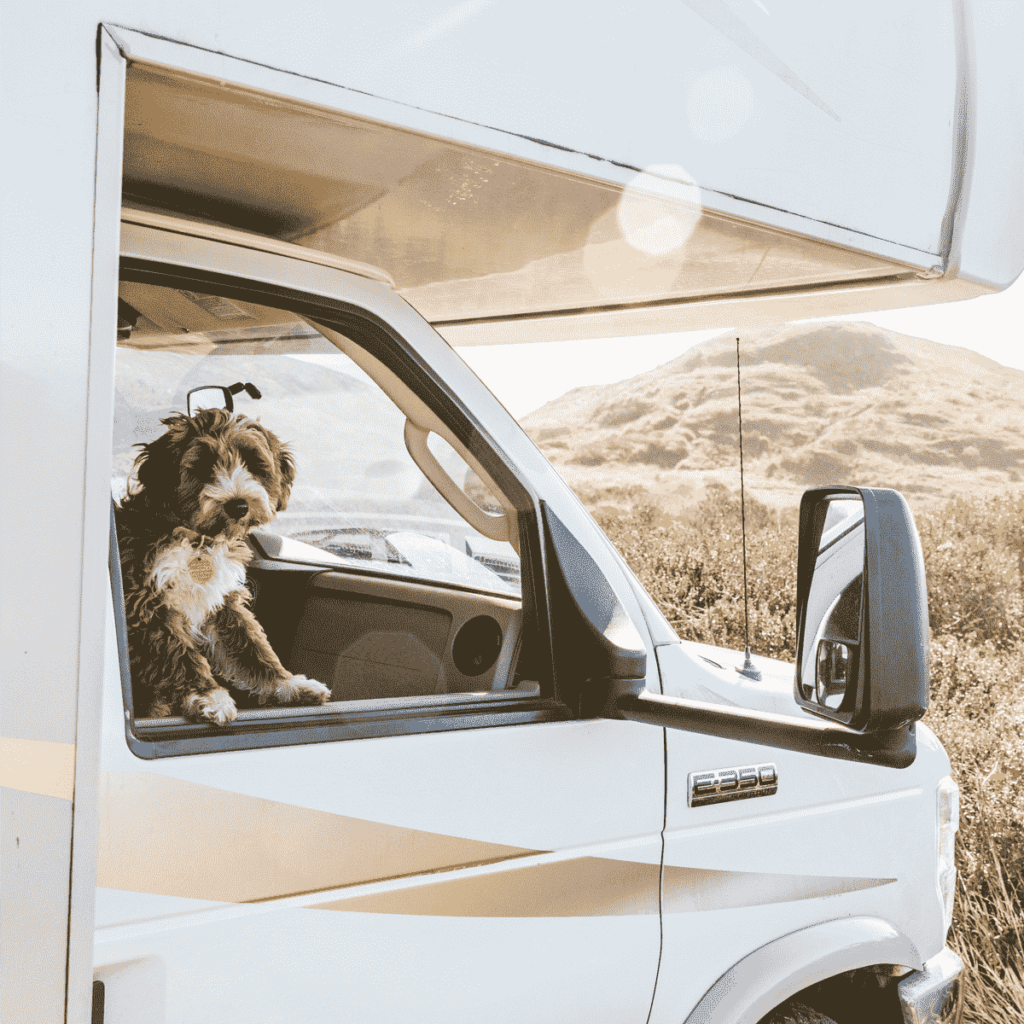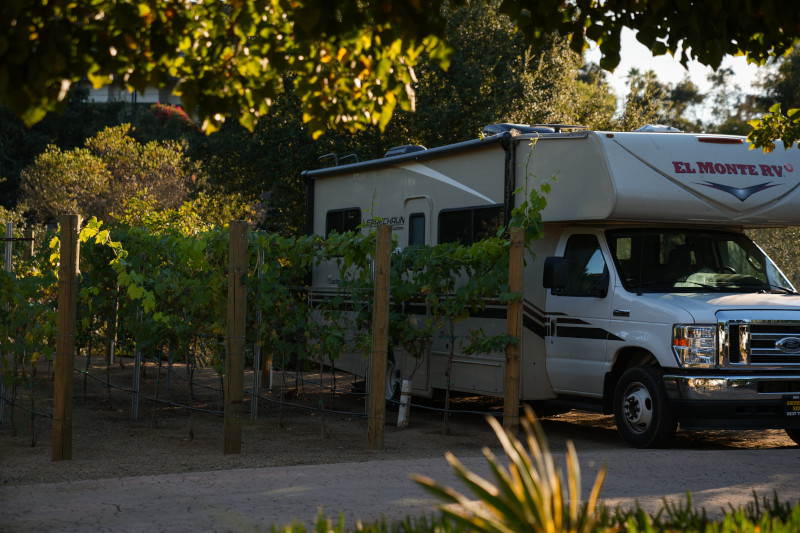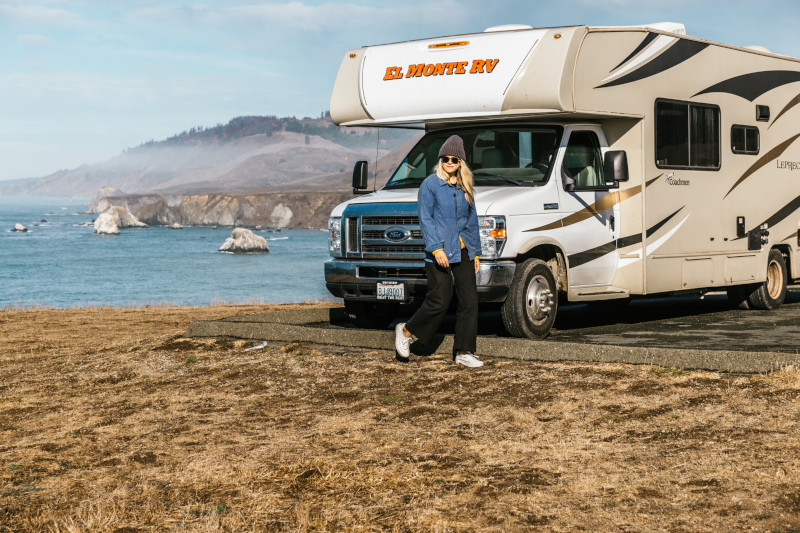You may have heard the term winterization – but do you really know what this means? And, do you need to worry about it? What if you live in a climate that is warm-ish all year round? Do you still need to winterize your RV?
Here are some of the reasons you’ll need to winterize your RV and we provide you with some tips on how to do it.
Why Winterize my RV?
When RV owners hear the word “winterize,” it brings up thoughts of protecting the RV plumbing system from freezing temperatures. The definition for “winterize” is to prepare something, such as a house or automobile, to withstand cold winter conditions. This means that even if you live in a really temperate climate, there may be times when very cold conditions occur or you may drive to some northern parts of the country in your RV, in which case winterizing becomes vital.
This is an interesting topic because RVs are both a house and a vehicle. So, in addition to winterizing the RV plumbing system, we need to be concerned about preparing the RV’s interior, exterior, and chassis components for the harsh winter months too.
Do you live in northern Florida? Well, even there, temps have been known to go below freezing at times in December and January. You need to prepare your RV just in case these frigid temperatures happen when you are not using your RV.
How Do I Winterize my RV?
If you are now convinced that you need to winterize your RV, here are the tips from the experts on how to do it. You will need some items to get the process started. Be sure you have obtained the following items: These items can be found in most RV parts stores:
- Non-toxic RV antifreeze (The amount depends on the layout and length of your plumbing lines. Two to three gallons will normally do).
- A water heater by-pass kit, if not already installed.
- A wand to clean out holding tanks.
- A water pump converter kit, or tubing to connect to the inlet side of the water pump.
- Basic hand tools to remove drain plugs.
The most logical place to start is to protect the RV plumbing system from damage, since this is the number one problem RV owners face during periods of freezing temperatures. If you don’t protect the RV plumbing system, any water remaining in the water lines or tanks can freeze, expand, and break fittings and lines. This can be a very costly mistake next spring.
We explain how to winterize the RV plumbing system as simply as possible and to be 100% foolproof against any damage caused by freezing temperatures.
The result is a six-step process to winterize the RV plumbing system. Follow the steps below that apply to your RV:
Step #1:
If there are inline water filters, remove them. If you have an inline filter at a sink faucet, there should be a bypass hose you can install when the filter is removed. Locate and drain the fresh water holding tank. Drain and flush the gray and black water holding tanks at an approved RV dump station. If the RV doesn’t have a built-in tank flushing system, you can flush and clean the black water holding tank with a tank flushing wand while you are at the dump station. Drain the water heater tank.
(Please note – Important Caution): Never drain the water heater tank when it is hot or under pressure. With no water connected to the RV and the 12-volt water pump in the “off” position, open a hot water faucet to remove any pressure on the system. Allow the water heater tank some time to cool before draining. Remove the drain plug or anode rod. You can open the pressure relief valve located at the top of the water heater to assist in draining the tank faster.
Step #2:
Open all the hot and cold-water faucets and flush the toilet to help get remaining water out of the plumbing lines. Don’t forget the outside shower, if equipped. Locate and open the low point water drain lines by removing the drain plugs. There is one of these for both the cold and hot water lines. You can use the 12-volt water pump to help force most of the remaining water out of the system, but turn the pump off as soon as the system is drained to prevent damage to the pump. Recap all drains and close all faucets.
Step #3:
Bypass the water heater. The majority of RVs come equipped with a water heater bypass kit. If your RV does not have a bypass kit installed, the water heater tank will fill with RV antifreeze before it goes through the water lines, wasting six or ten gallons of RV antifreeze. You can install a bypass kit or have one installed by a local RV service facility.
Step #4:
Install a water pump converter kit to introduce the RV antifreeze into the water system. Another option is to disconnect the inlet side of the water pump (the line coming from the fresh water holding tank), and connect a section of tubing from the water pump inlet into a one-gallon jug of RV/Marine antifreeze.
Step #5:
Turn the 12-volt water pump on. It will pressurize the system and start pumping the RV antifreeze throughout the water system. Start at the water faucet closest to the 12-volt water pump, and slowly open each valve until the pink-colored RV antifreeze appears. Replace the antifreeze container as required. Repeat this process on all faucets from the closest to the farthest away. Don’t forget the outside shower, if equipped.
Step #6:
Flush the toilet until antifreeze appears. Pour a cupful of antifreeze down each drain. Pour some RV antifreeze in the toilet, and flush it into the holding tank to prevent any remaining water in the tank from freezing. If your water heater is equipped with an electric heating element, turn the switch off. This will protect the element if the RV is plugged in while in storage. Make sure all faucets are closed.
And you should consult your RV owner’s manual for specific winterizing instructions for icemakers and washing machines if you have these.
Your RV plumbing system is now winterized, but as mentioned earlier, don’t forget to prepare other items on the RV for cold weather storage too. These would include checking the RV’s interior, exterior, and chassis as well as tires to be sure they would be road worthy in the snow and ice.
Now you won’t have any unpleasant, costly, surprises waiting for you next spring when it’s time to go camping again in your RV.
For more great tips on winterizing your RV, check with your El Monte RV Sales dealer, who can help you with any questions you may have. And, check out our pre-owned RV’s at El Monte RV Sales for some great buys.



